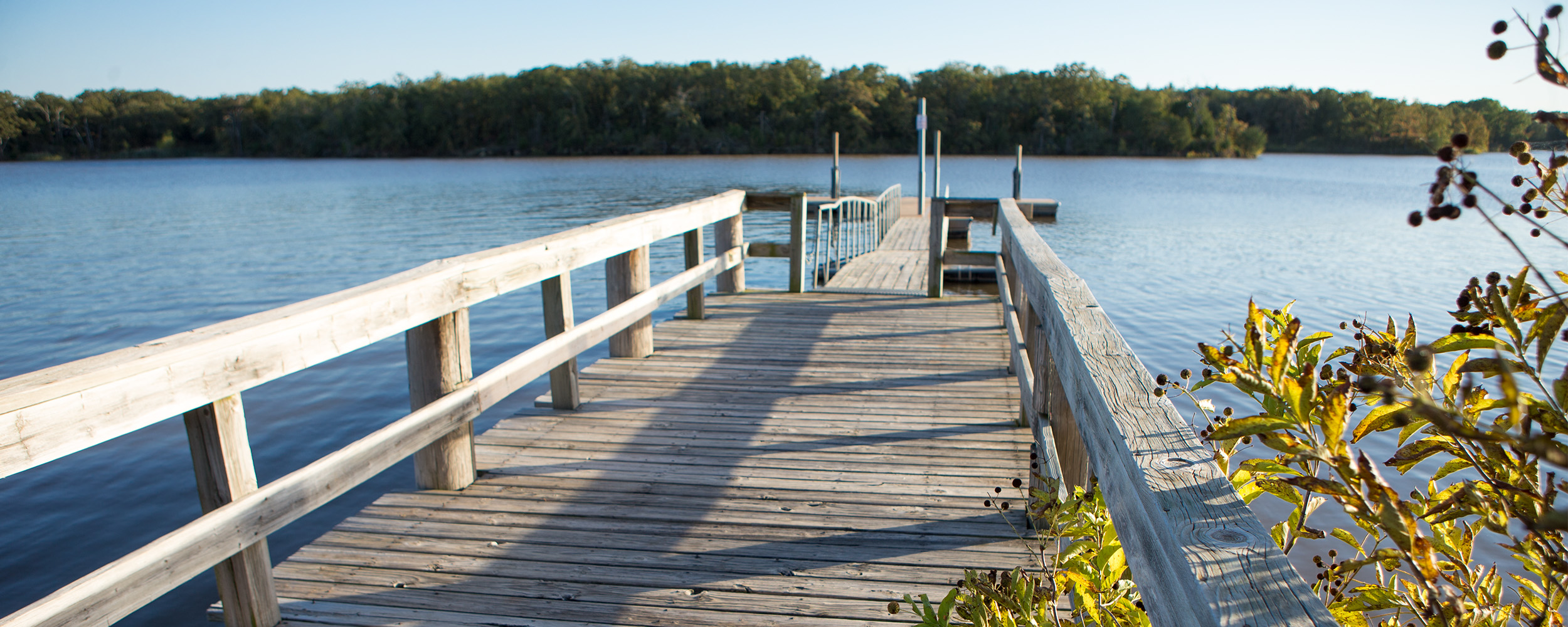
When space meets water: An OSU student’s work with NASA
Monday, June 10, 2024
Originally from Aspen, Colorado, Katie Yocum’s journey to Oklahoma State University was unexpected. In fact, she was not planning on earning a postgraduate degree at all.
Now, she's working on cutting-edge technology for environmental science, including a groundbreaking project that measures water levels from space.
Before graduating from the University of Denver in 2023 with a degree in environmental science, Yocum had the opportunity to study abroad in South Africa to research water resource issues in local communities, one of her areas of interest.
OSU professor Thomas Lavanchy, a human-environment interaction scientist with an interdisciplinary background in geology, social science, and physical geography, also made the trip on an unrelated endeavor.
Yocum and Lavanchy met at the airport when they landed for their trek in South Africa and made a connection immediately. Both passionate about climate change, water resource management and water issues, Yocum and Lavanchy were excited to spend the next 10 days studying how water affected culture in different South African townships.
Once they returned from South Africa, Yocum was unsure about where she would earn her master's degree. A phone call from Lavanchy would change that.
Lavanchy and other OSU Environmental Science Graduate Program professors were approached by NASA in 2023 to install a device that would read lake water levels in Lake McMurtry on sub-centimeter levels from a satellite from space. This technology is the first of its kind and has the opportunity to provide environmentally changing information for lakes and reservoirs, allowing engineers to know when to reduce or increase water levels more accurately.
NASA scientists hoped to get a student involved in the project, and Lavanchy knew just the person.
“I had been reached out to early last summer about some of the Environmental Science Graduate Program’s opportunities and needs. I immediately thought of Katie. She had not been thinking of graduate studies that past year but quickly warmed to the idea and the opportunity to work on a NASA-related research project,” Lavanchy said. “Katie's previous experiences have taught her a lot about hard work and resilience, which pair well with her curiosity. It has been very gratifying to see her pivot to this opportunity at OSU and to do so well in her first year.”
This past school year, Yocum took classes introducing her to some of the technology and tools she would use in the project. She spent most of the year researching and hand-measuring the water levels at Lake McMurtry to collect data to prepare herself and the team for the satellite measurements that will be read in the lake this coming school year.
“I heard about this opportunity in July last year, which was interesting because I hadn't even applied to go to graduate school, which you’re supposed to do in April,” Yocum said. “That was when Dr. Lavanchy reached out to me and said that they needed someone for this project. I didn't really know that much. At that point, I just knew he needed someone to come to Oklahoma State and work on the lakes there. I knew it was something with NASA, but I wasn't sure what it all entailed.”
Not only does Yocum have the opportunity to work here in Stillwater, but she also earned the chance to intern with NASA this summer at California Polytechnic State University-San Luis Obispo.
“I had heard about it while working on the mission here. I started applying to be in the internship program at NASA. I had to submit a project proposal, which was four pages on what we're doing here in Stillwater,” Yocum said. “They already knew some of it, but I got to go more in-depth, and I had to detail a schedule of what I will be doing for the 10 weeks that I'm there. Then I did a couple interviews with who will now be my mentor over there, Bruce Chapman. After that, they sent me an acceptance letter, and I accepted.”
This summer, Yocum will work in various jet propulsion labs and learn about different NASA technologies. This will prepare her to work with the trihedral detector being installed in Lake McMurtry.
Once Yocum returns to Stillwater to complete her final year of her master’s program, she and OSU professors will compare the hand-measured data they recorded this past year with the data that is recorded from the trihedral detector to measure accuracy.
